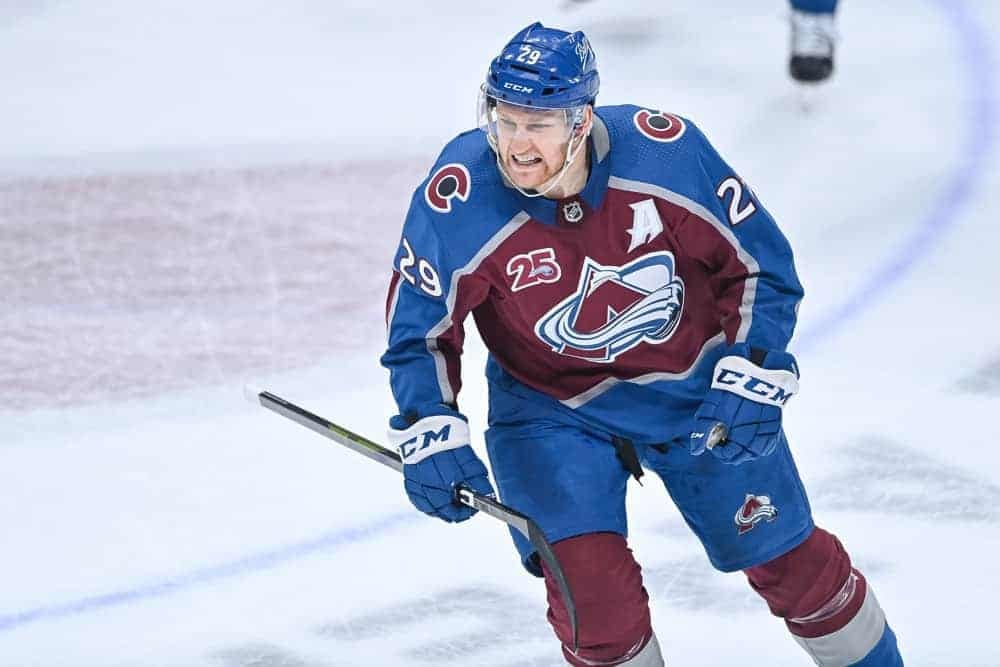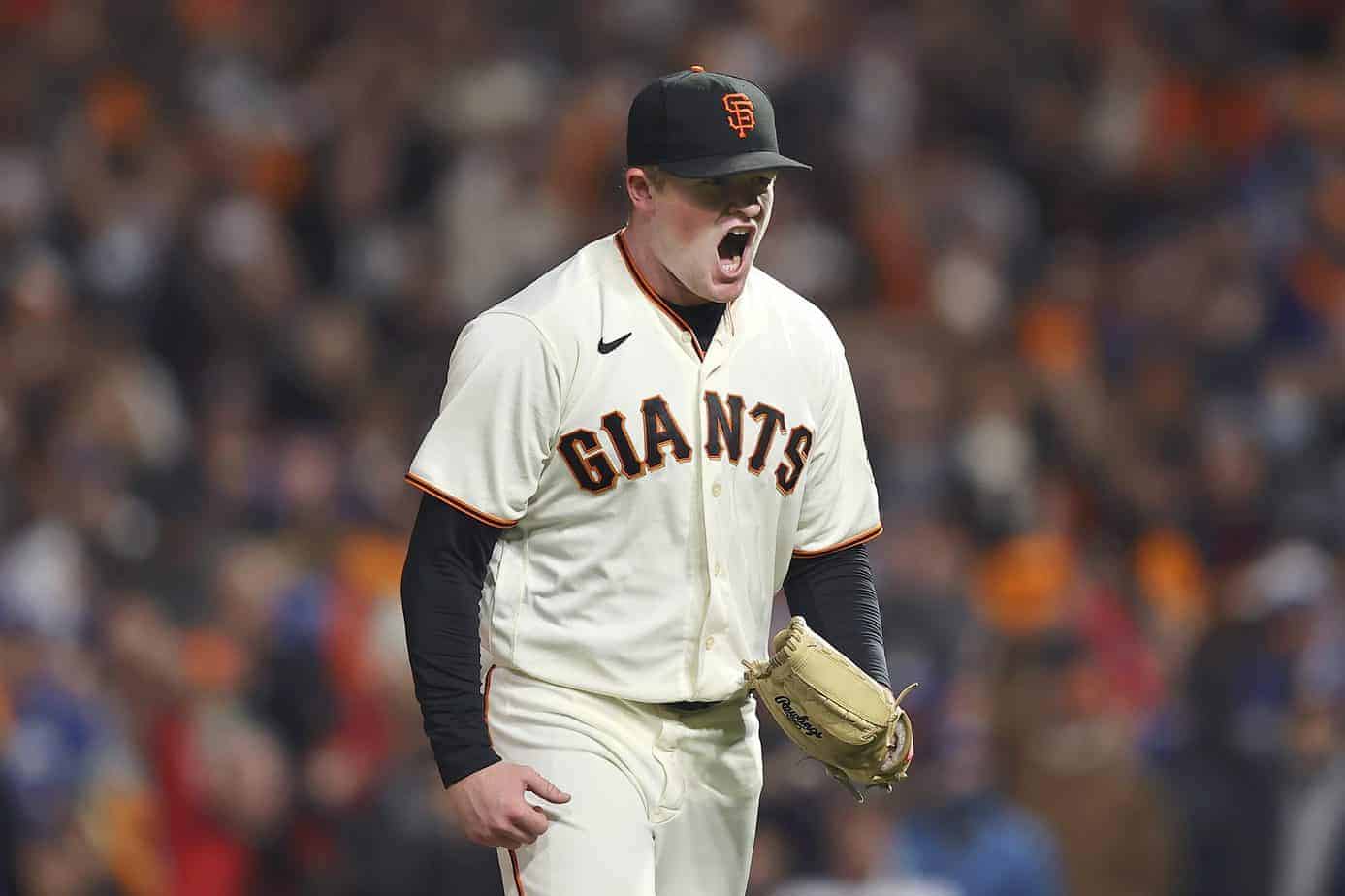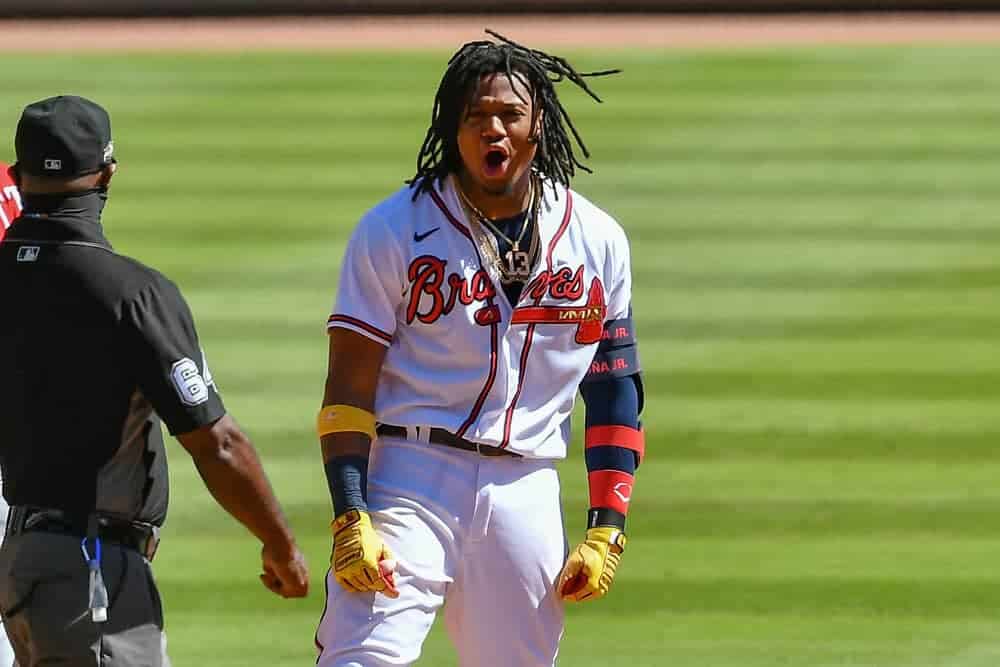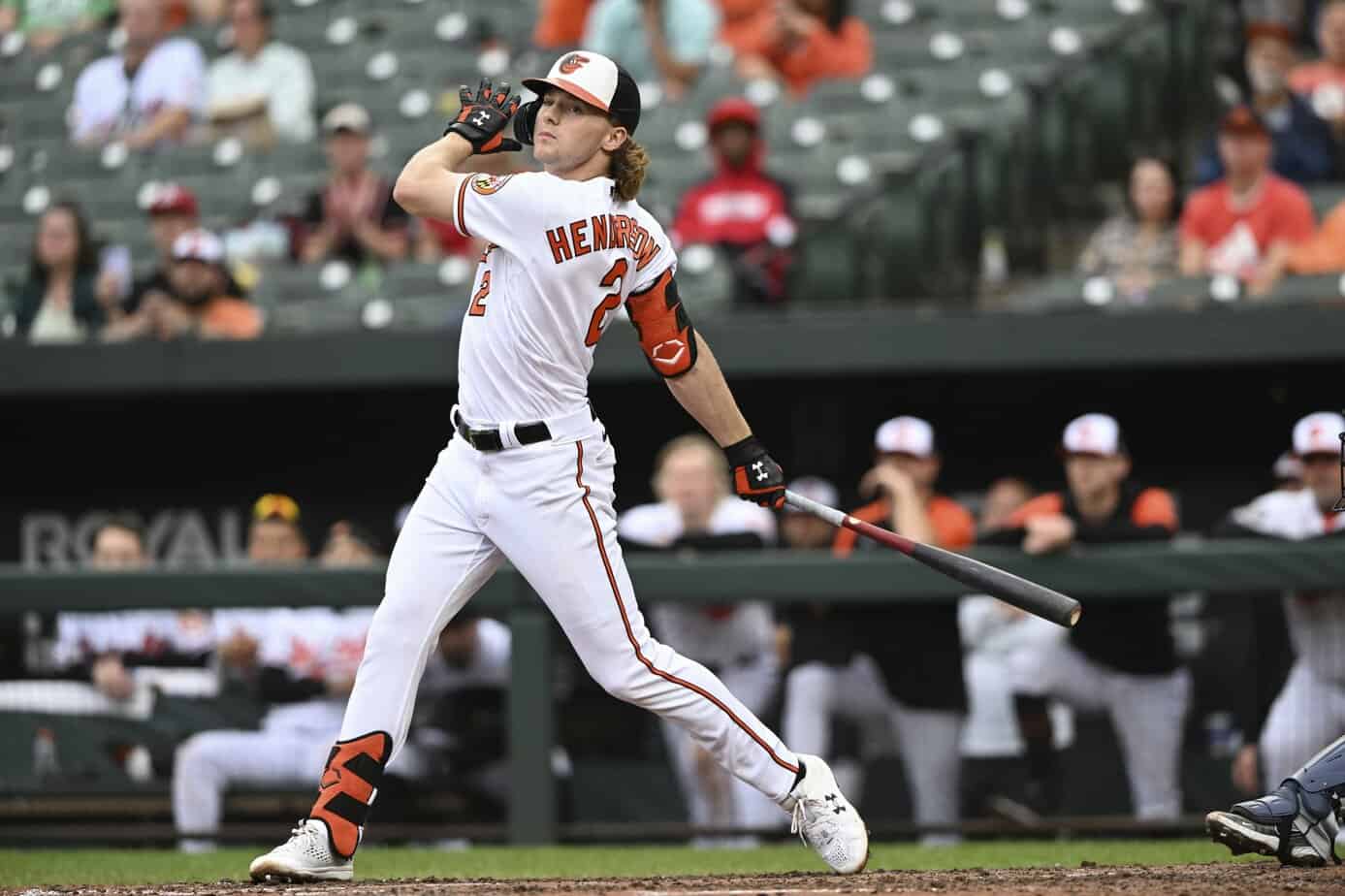The final leg of NASCAR goes west concludes Sunday at Phoenix International Raceway. Drivers will compete for 312 laps, more on that later, with the Fanshield 500.
Not a member of Awesemo? No worries, sign up HERE to gain access to the world’s best DFS player’s projections, rankings, tools and premium live blog. Use promo code WANNAGOFAST for half off your first week!
Phoenix International Raceway
Phoenix International Raceway, or PIR for our purposes, is a low-banked, tri-oval. The track has been around since 1964 but only started hosting NASCAR races during the 1988 season. For the majority of its life as a NASCAR track, PIR was always used as one of the final stops on the calendar. However, in 2005 the track gained an additional race. This year will see PIR host the Championship race. A welcome change as anything is better than ending at an intermediate track.
However, based on Kyle Busch’s history at PIR since the 2018 remodel, drivers may clamor for another venue change in 2021.
A Tale of Two Tracks
One of my sadder hobbies aside from NASCAR is watching videos detailing dead or dying malls. I know, I could be doing a million other things. Literally a million other things. However, I find it interesting to note how a basic staple of Americana is slowly fading away.
Think of your local enclosed shopping malls. You probably have a few malls that haven’t been renovated since the Clinton administration. One or more of the anchor stores have been shuttered. The interior may be a ghost town with 50% or less occupancy. Those malls are dinosaurs just waiting for a meteor to strike.
In a roundabout way, that was Phoenix pre-2018. Nearly everything about the track reeked of the 1960s from press-boxes to fan amenities. If PIR didn’t invest money into improvements, NASCAR could easily take away one or both races and turn Phoenix into Rockingham 2.0. Invest is exactly what PIR did and they created one of the best fan/racing events on the Cup schedule.
As part of these investments, PIR also transformed the track itself. Pit road, as well as the track layout, were redesigned. If you want to immerse yourself in these intricacies, check out my preview from the Can-Am 500 back in 2018. The gist of those changes being new importance on qualifying because of pit-road as well as the start-finish line moving to where turn 2 used to be. Personally, the racing has become more aesthetically pleasing to me with those two changes. I’m definitely a fan of seeing drivers go five-wide at the start-finish line fighting for position.
Check us out on TWITTER, where we talk sports, share articles and have lots of giveaways. Just click HERE
NASCAR DFS – Laps Led Data
We have lots of directions we could go with this week’s chart. We’ll skip past the graph that shows the number of laps led by everyone who led at least 10% of the race. Why, because we have lots of different scenarios going on. Yes, all of the races have taken place during the Generation Six car. However, we have races with low downforce and races with high downforce. We have races before the track was reconfigured and three afterward. Thus, if you try to group all of this info together you’ll end up with a muddy picture for NASCAR DFS.
So for our purposes in this article and in the Race Sheets, we’ll focus on the last three races. This data set gives all of the races since the 2018 remodel as well as both races using the 750 horsepower package from last season. I know, its just three races once again. However, when we deal with track-specific details, the numbers will always be scant.

Regardless, the first thing off the bat is a number carrying over from previous races. We should always have one driver lead 100 or more laps. As of late, the fall races have seen the top lap leader lead more laps than the driver who leads the most laps in the spring. This, interestingly enough, is a flip on what the track was like pre-remodel.
Phoenix Cause and Effect
Can we point to anything leading us to this result? Perhaps, the track redesign has resulted in this. Maybe, its the fact the fall Phoenix race was the last chance for drivers to make the championship four – thus racing got a little more competitive to win and get locked in?
It’s too early to really know but these numbers do lock us into one thing. The Fanshield 500 will run 312 laps (the race is measured in kilometers not miles). With over 300 laps, we’re almost guaranteed two drivers will lead the bulk of laps. With the 750 HP package, those two drivers combined to lead 273 laps in the spring and 235 in the fall. We didn’t see this in the fall-18 race but that should be expected for what was an inaugural race at PIR.
The Importance of Qualifying for the Fanshield 500
I mentioned this earlier but Phoenix has placed an added emphasis on qualifying well for drivers. Especially when it comes to their prospects of being a lap leader or even winner.
We didn’t see this so much in the fall-18 PIR race as several drivers who started top-ten finished in the 30s. Erstwhile, a number of your top-ten finishes came from drivers in the teens. However, since drivers got accustomed to the new layout, we’ve seen a strong correlation between where a driver qualifies and where they finish. For example, in last year’s races, the pole sitter finished 3rd and 2nd. The winner in those races started 5th and 4th. In last year’s fall race, out of the top-13 drivers, only 2 failed to finish in the top-13.
This, in turn, has translated into our top lap-leaders all coming from 6th and up in the past 3 PIR events. Furthermore, whether it be the track changes or the horsepower package – the pole-sitter has become a focal point of lineup building once again. The pole-sitter has gone on to lead lap totals of 73, 94, and 69 while in the previous two PIR races the pole sitter led totals of just 11 and 3. The sobering fact though is that the pole-sitter has yet to lead the most laps since these changes. In fact, the last time the pole-sitter led the most laps at PIR was back in the fall-16 race.
NASCAR DFS Final Conclusions
Thus, this early out, it’s probably a safe bet that the pole sitter will be a key cog to your lineups. However, figuring out who your secondary lap leader will be determined through practice and final qualifying results come Saturday. If you’re into digging through stats, have a gander with my Race Sheets from the Blue Green Vacations 500. Playing Kyle Busch, on the pole as the defending back to back winner, was the easy part. Pairing him with Denny Hamlin in 3rd, fastest in the final practice’s 10-lap average probably wasn’t that tough of a decision either. Filling out the rest of the roster on Draftkings was a matter of pairing place differential with a punt you could mildly trust.
Interestingly, you didn’t need both Busch and Hamlin on Fanduel. I always stress this point, laps led point matter so little on Fanduel that you can’t just take a DraftKings lineup and transfer it to Fanduel. The optimal NASCAR DFS build on FD employed Hamlin with 5 drivers who started 9th through 19th but all finished top-12.
Looking for more NASCAR DFS picks content? We’ve got loads of articles, data, cheatsheets and more on the Awesemo NASCAR home page, just click HERE















